
PRODUCTS
Soy lecithin liquid is a natural lecithin mixture e……
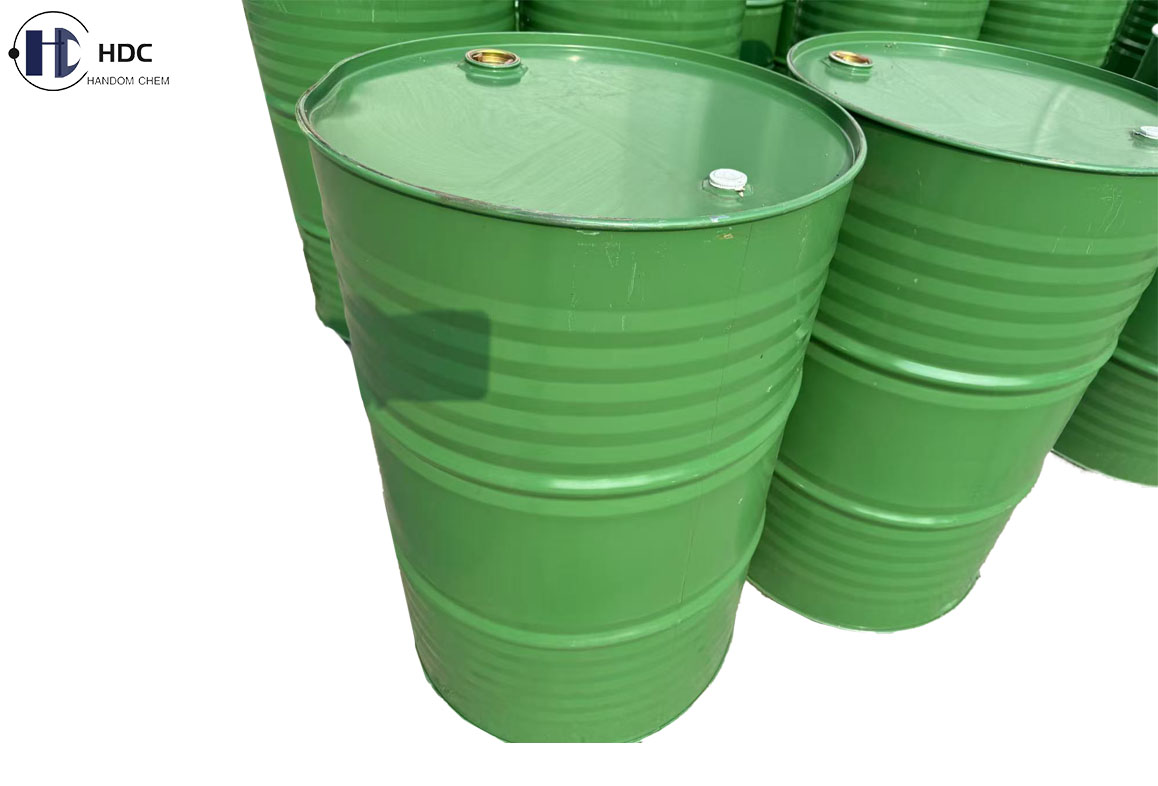
Soybean lecithin powder, also called soya lecithin ……
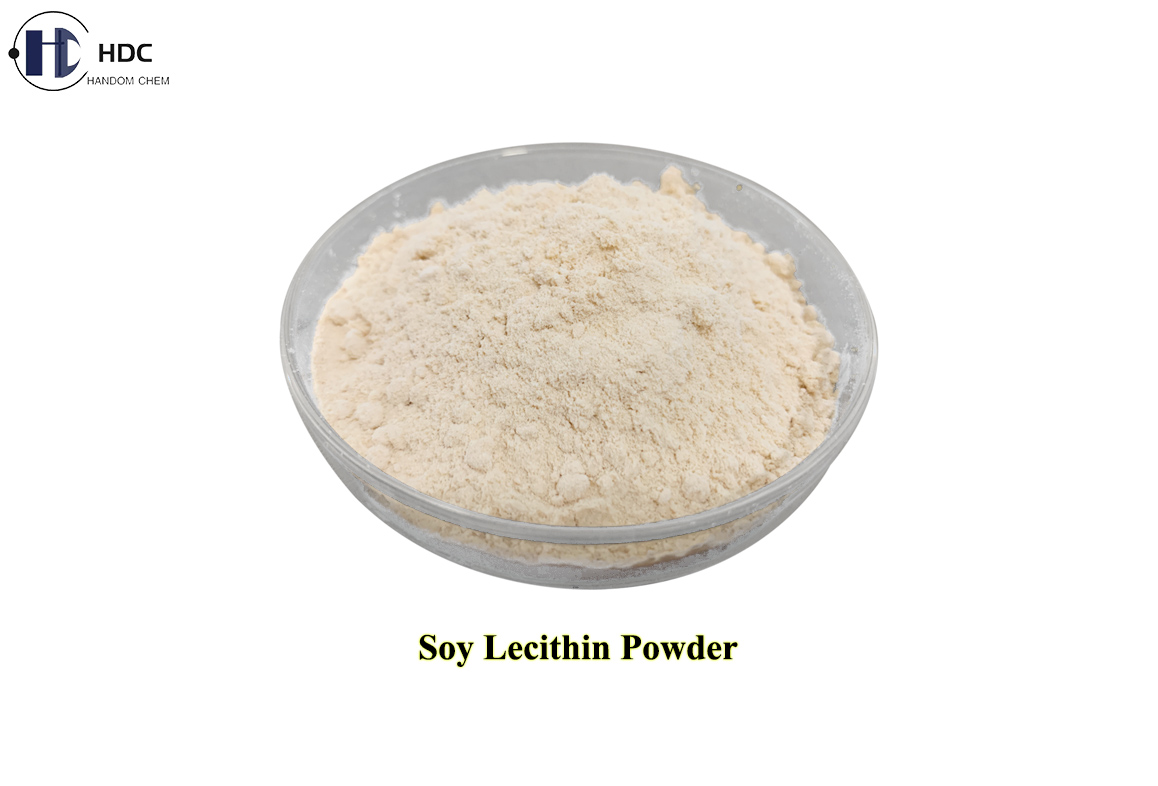
Product Name: Chitosan AzelateGrade: Cosmetic Grade……
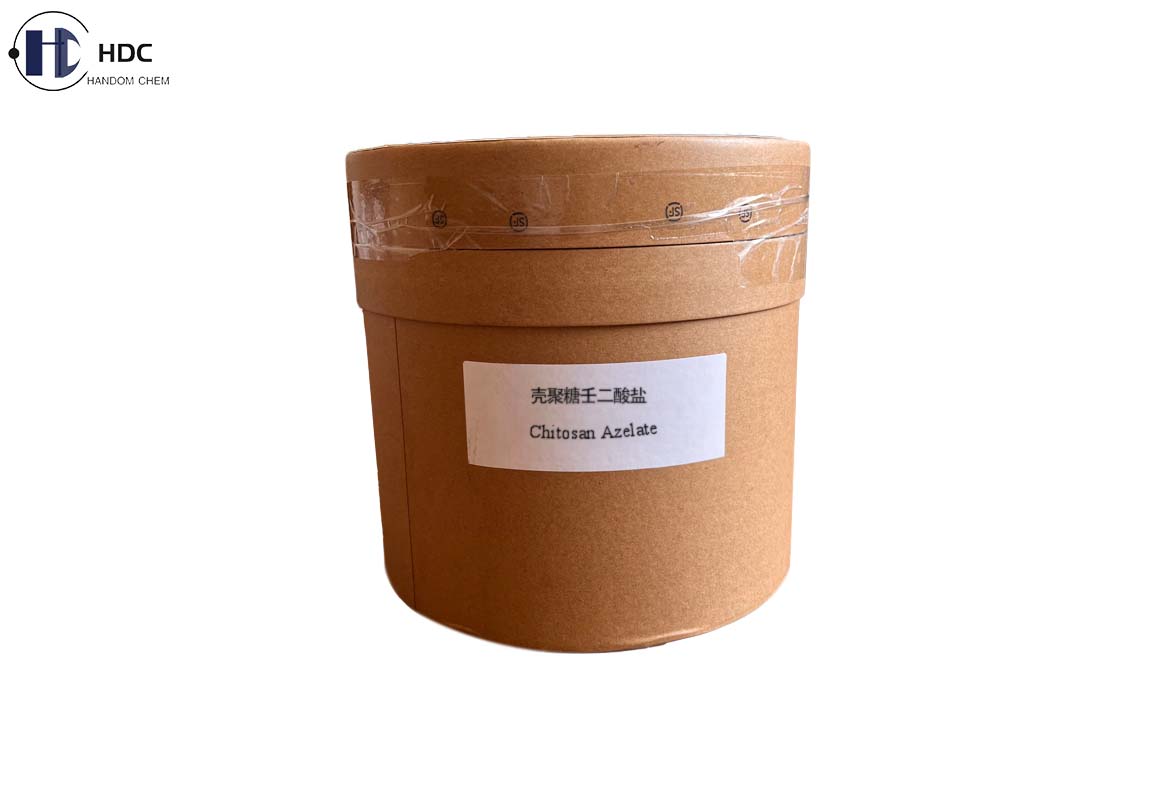
Commodity Name: IscotrizinolChemical Name: Diethylh……
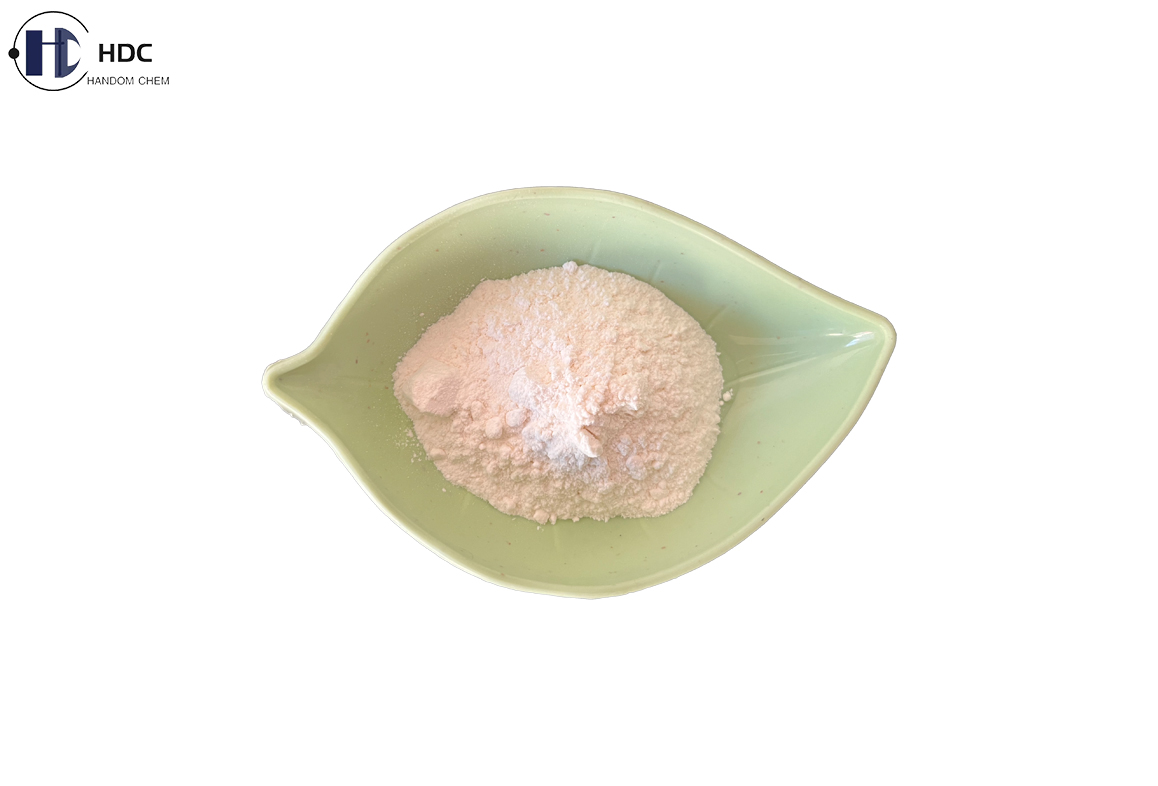
Product Name: Silybin (Milk Thistle P.E.)
Extracted From: Silybum marianum (L.) Gaertn.
Plant Background: Milk thistle belongs to the Asteraceae family, native to the Mediterranean, and now distributed worldwide. Its seeds are the source of extraction.
Assay (By HPLC): Silybin 70%, Silybin 80%, Silybin 90%, Silybin 95%, Silybin 98%.
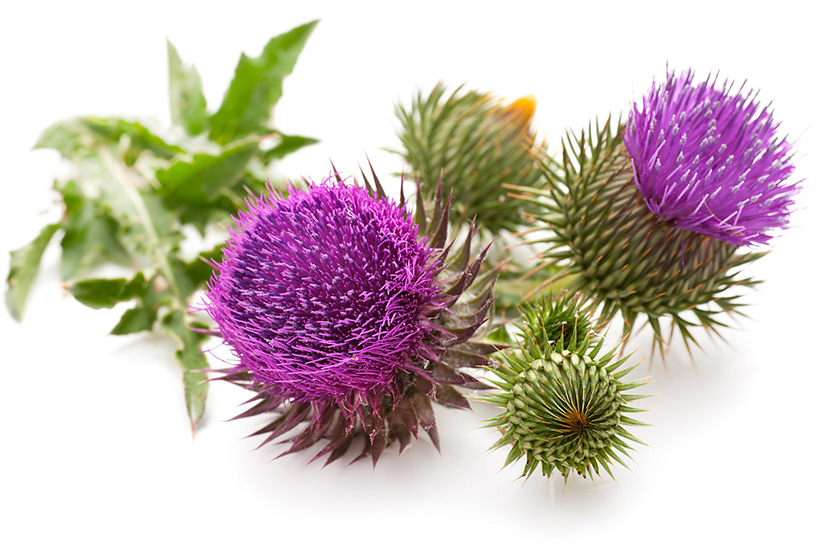
Brief Introduction:
Silybin is a flavonoid lignan compound extracted from milk thistle(Silybum marianum) seeds. It has antioxidant, anti-inflammatory, and hepatocyte protection effects and is commonly used in the treatment of various liver diseases in clinical practice.
The pharmacological effects of Silybin mainly include the following aspects:
It can scavenge free radicals and reduce the damage of oxidative stress to hepatocytes. At the same time, Silybin has anti-inflammatory effects, which can inhibit the release of inflammatory factors and relieve liver inflammation. Silybin can also regulate the metabolism of hepatocytes, promote the regeneration and repair of hepatocytes, and improve liver function.
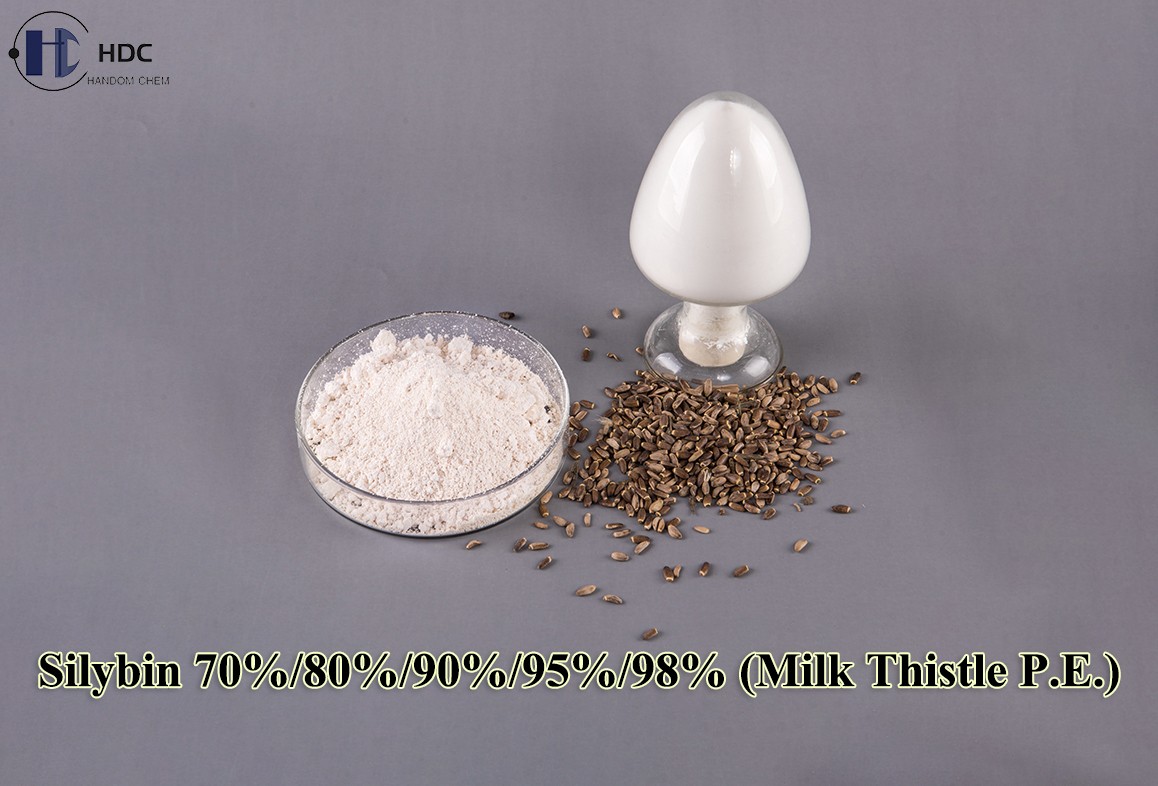
Specifications of our Silybin 70% (Milk Thistle P.E.):
Appearance
Amorphous powder
Colour
Off-white to white
Odour
Slight, Specific
Solubility
In Water
Practically insoluble
In Methanol and Acetone
Soluble
Identification
A. Passes TLC Test
B. Passes HPLC Identification Test
Sulphated Ash
Not more than 0.5%
Heavy Metals
Not more than 10 ppm
Lead (Pb)
Not more than 2.0 ppm
Cadmium (Cd)
Not more than 1.0 ppm
Mercury (Hg)
Not more than 0.1 ppm
Arsenic (As)
Not more than 1.0 ppm
Loss on Drying (2 hours, 105℃)
Not more than 5.0%
Particle Size
95% pass through 80 mesh sieve
Assay of Silymarin (UV test, per cent, Standard in House)
Not less than 80%
Assay of Silymarin (Test by HPLC)
-sum of Silycristin and Silydianin
-sum of Silybin A and Silybin B
Not less than 70%
-sum of Isosilybin A and Isosilybin B
Residual Solvents
n-Hexane
Not more than 290 ppm
Acetone
Not more than 5000 ppm
Ethanol
Not more than 5000 ppm
Ethyl Acetate
Not more than 5000 ppm
Pesticide Residues
According to the Standard of USP43<561>
Microbiological Limits
Total Aerobic Microbial Count
Not more than 1000 CFU/g
Total combined Yeasts & Mould Count
Not more than 100 CFU/g
Escherichia coli
Negative/g
Salmonella
Negative/g
Staphylococcus aureus
Negative/g
Specifications of our Silybin 80% (Milk Thistle P.E.):
Appearance
Amorphous powder
Colour
Off-white to white
Odour
Slight, Specific
Solubility
In Water
Practically insoluble
In Methanol and Acetone
Soluble
Identification
A. Passes TLC Test
B. Passes HPLC Identification Test
Sulphated Ash
Not more than 0.5%
Heavy Metals
Not more than 10 ppm
Lead (Pb)
Not more than 2.0 ppm
Cadmium (Cd)
Not more than 1.0 ppm
Mercury (Hg)
Not more than 0.1 ppm
Arsenic (As)
Not more than 1.0 ppm
Loss on Drying (2 hours, 105℃)
Not more than 5.0%
Particle Size
95% pass through 80 mesh sieve
Assay of Silymarin (UV test, per cent, Standard in House)
Not less than 80%
Assay of Silymarin (Test by HPLC)
-sum of Silycristin and Silydianin
-sum of Silybin A and Silybin B
Not less than 80%
-sum of Isosilybin A and Isosilybin B
Residual Solvents
n-Hexane
Not more than 290 ppm
Acetone
Not more than 5000 ppm
Ethanol
Not more than 5000 ppm
Ethyl Acetate
Not more than 5000 ppm
Pesticide Residues
According to the Standard of USP43<561>
Microbiological Limits
Total Aerobic Microbial Count
Not more than 1000 CFU/g
Total combined Yeasts & Mould Count
Not more than 100 CFU/g
Escherichia coli
Negative/g
Salmonella
Negative/g
Staphylococcus aureus
Negative/g
Specifications of our Silybin 90% (Milk Thistle P.E.):
Appearance
Amorphous powder
Colour
Off-white to white
Odour
Slight, Specific
Solubility
In Water
Practically insoluble
In Methanol and Acetone
Soluble
Identification
A. Passes TLC Test
B. Passes HPLC Identification Test
Sulphated Ash
Not more than 0.5%
Heavy Metals
Not more than 10 ppm
Lead (Pb)
Not more than 2.0 ppm
Cadmium (Cd)
Not more than 1.0 ppm
Mercury (Hg)
Not more than 0.1 ppm
Arsenic (As)
Not more than 1.0 ppm
Loss on Drying (2 hours, 105℃)
Not more than 5.0%
Particle Size
95% pass through 80 mesh sieve
Assay of Silymarin (UV test, per cent, Standard in House)
Not less than 80%
Assay of Silymarin (Test by HPLC)
-sum of Silycristin and Silydianin
-sum of Silybin A and Silybin B
Not less than 90%
-sum of Isosilybin A and Isosilybin B
Residual Solvents
n-Hexane
Not more than 290 ppm
Ethanol
Not more than 5000 ppm
Ethyl Acetate
Not more than 5000 ppm
Pesticide Residues
According to the Standard of USP43<561>
Microbiological Limits
Total Aerobic Microbial Count
Not more than 1000 CFU/g
Total combined Yeasts & Mould Count
Not more than 100 CFU/g
Escherichia coli
Negative/g
Salmonella
Negative/g
Staphylococcus aureus
Negative/g
Specifications of our Silybin 98% (Milk Thistle P.E.):
Appearance
Amorphous powder
Colour
Off-white to white
Odour
Slight, Specific
Solubility
In Water
Practically insoluble
In Methanol and Acetone
Soluble
Identification
A. Passes TLC Test
B. Passes HPLC Identification Test
Sulphated Ash
Not more than 0.5%
Heavy Metals
Not more than 10 ppm
Lead (Pb)
Not more than 2.0 ppm
Cadmium (Cd)
Not more than 1.0 ppm
Mercury (Hg)
Not more than 0.1 ppm
Arsenic (As)
Not more than 1.0 ppm
Loss on Drying (2 hours, 105℃)
Not more than 5.0%
Particle Size
95% pass through 80 mesh sieve
Assay of Silymarin (UV test, per cent, Standard in House)
Not less than 80%
Assay of Silymarin (Test by HPLC)
-sum of Silycristin and Silydianin
-sum of Silybin A and Silybin B
Not less than 98%
-sum of Isosilybin A and Isosilybin B
Residual Solvents
n-Hexane
Not more than 290 ppm
Ethanol
Not more than 5000 ppm
Acetone
Not more than 5000 ppm
Pesticide Residues
According to the Standard of USP43<561>
Microbiological Limits
Total Aerobic Microbial Count
Not more than 1000 CFU/g
Total combined Yeasts & Mould Count
Not more than 100 CFU/g
Escherichia coli
Negative/g
Salmonella
Negative/g
Staphylococcus aureus
Negative/g
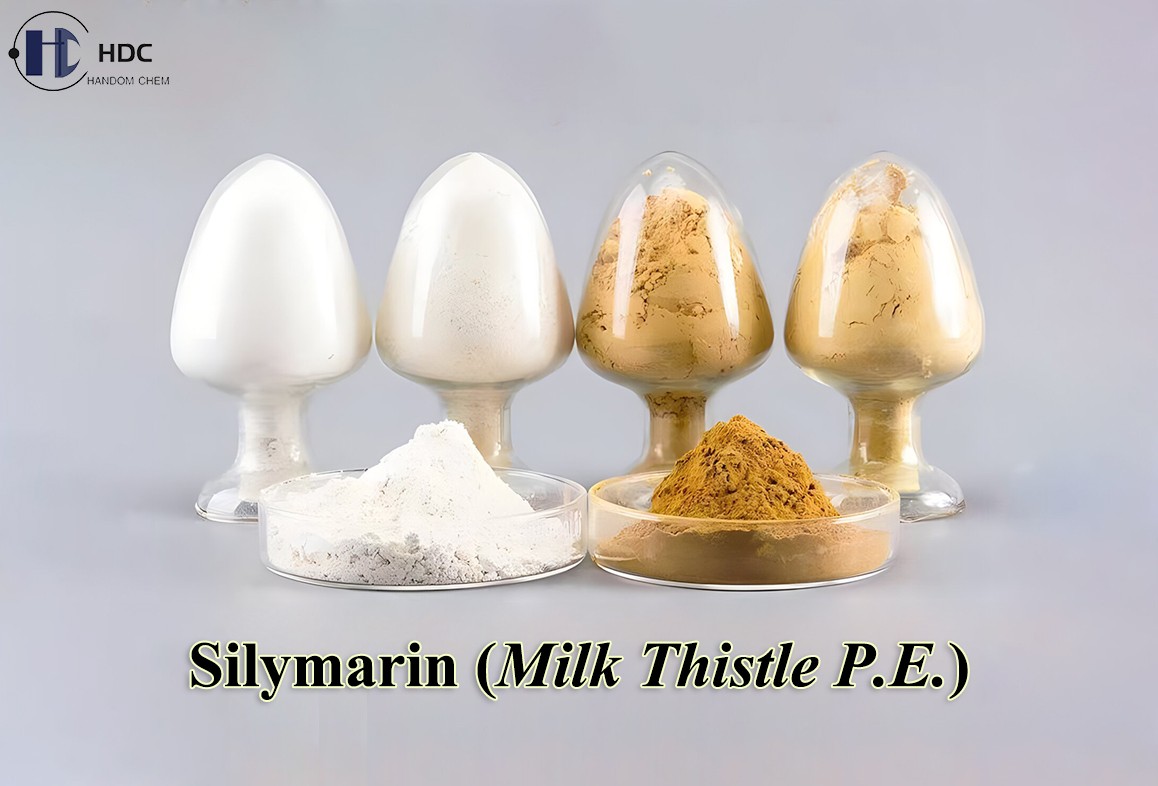
The Efficacy and Effects of Silybin:
1) Protecting Liver:
Silybin helps protect the liver and repair damaged liver cells by stabilizing liver cell membranes, promoting liver cell regeneration, and inhibiting the binding of liver cell endotoxins. It can be used to prepare silybin capsules for oral administration by patients with liver disease.
2) Antioxidation:
As a powerful antioxidant, silybin can scavenge free radicals and reduce oxidative stress, thereby delaying cell aging and preventing oxidative damage to cells.
3) Anti-inflammatory:
Silybin can inhibit the release of a variety of inflammatory mediators, help reduce inflammatory responses in the body, and reduce tissue damage caused by inflammation.
4) Lowering Blood Lipids:
Silybin helps lower serum cholesterol and low-density lipoprotein levels, thereby helping to improve cardiovascular health.
5) Improving Insulin Sensitivity:
Silybin can increase insulin sensitivity, improve glucose metabolism, and help manage metabolic diseases such as diabetes.
Packaging:
50g/Aluminum Foil Bag, 100g/Aluminum Foil Bag, 200g/Aluminum Foil Bag, 500g/Aluminum Foil Bag, 1kg/Aluminum Foil Bag, 5kg/Carton, 10kg/Carton, 20kg/Cardboard Drum, 25kg/Cardboard Drum or according to the specific requirements from customers.
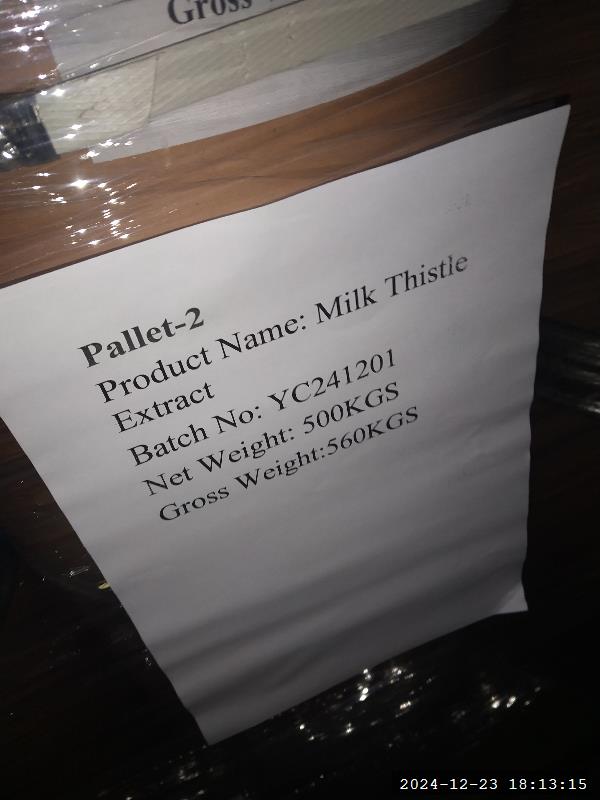
Storage Conditions:
Stored in airtight containers in a cool dry place before using; kept away from direct sunlight, heat and moisture.
Shelf Life:
36 months from the date of manufacturing when stored under the above conditions.